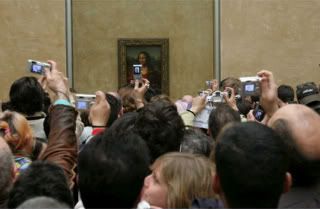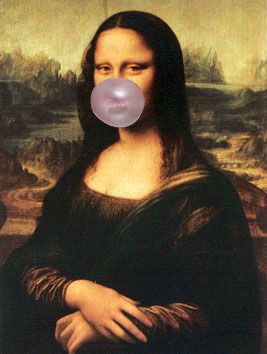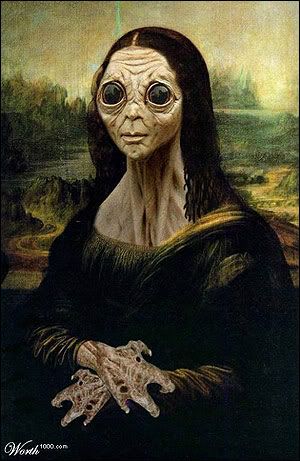Wikipedia – the free (unreliable) encyclopedia!
When you type something into a search engine like Google, often, the first result is found on Wikipedia (the name being a combination of Wiki meaning “a type of collaborative website” and Encyclopedia). Due to this high position in the ranking of search results, uninformed internet users assume that it is an accurate, reliable and creditable source so they don’t bother to look any further to ensure the information they’re getting is real. People intending to use information they find on Wikipedia in important documents should be aware that Wikipedia is open to a large contributor base and allows anyone to edit what has been written. This means that the articles do not have to be written by an expert on the chosen topic, or even someone with any form of acknowledged study at all! Therefore, information is often unreliable and biased. However, Wikipedia does have certain programs designed to resolve these problems like the “editorial dispute resolution process” which allows people to discuss their knowledge and beliefs to try and determine a neutral agreement.
If you are a frequent Wikipedia user and would like to know more about its problems and faults, some interesting websites to look at are:
http://en.wikipedia.org/wiki/Wikipedia:About#Strengths.2C_weaknesses.2C_and_article_quality_in_Wikipedia
http://en.wikipedia.org/wiki/Wikipedia:Why_Wikipedia_is_not_so_great
After reading the above articles, I decided to search a few topics of interest to me to test out these theories and accusations of incorrect or misleading information, unreliability and bias. There I was, happily searching along, until I found Wikipedia’s article on my favourite supermodel of all time:


The first sentence of Wikipedia’s biography on this Australian beauty states, “Miranda May Kerr (born
Personally, I also believe that this article is missing a most important part of information that would be necessary for a completely uninformed reader to gain a substantial understanding of Miranda Kerr. The article tells of all of her accomplishments as a model, but it does not give any kind of description of what she looks like. When discussing someone in a modeling profession, I believe it is essential that the general aspects of their appearance (hair colour, eye colour, skin tone, body, height) is explained.
Having said this, I must add that Wikipedia is not always wrong, infact, in most cases it often has correct factual detail, and the best part about it is its quick and easy to use. Any piece of writing is going to be biased in some way, but the good thing about having a large contributor base is that many people get to have their say, and the majority can be heard. Apart from the Miranda Kerr article, when creeping around Wikipedia I found that almost every other topic I searched for had an accurate and useful result.
One article I thought was particularly helpful was on Burleigh Heads, QLD. If you search for our beautiful beach in Wikipedia it will give you a map, a paragraph that states specifically where the beach is situated, history of the area, a description of the scenery and links to articles about its landmarks and tourist information.
However, when using Wikipedia for research, although not every article has an obvious fault, there is always a possibility that the person who wrote it has got it wrong or written what they believe or want to beleive is true. Wikipedia is ok to read when informing yourself of a topic and attempting to broaden your understanding of it, but it is not recommended for using in academic writing. These days, there are endless sources we can gain information from, so why take a chance on Wikipedia?





